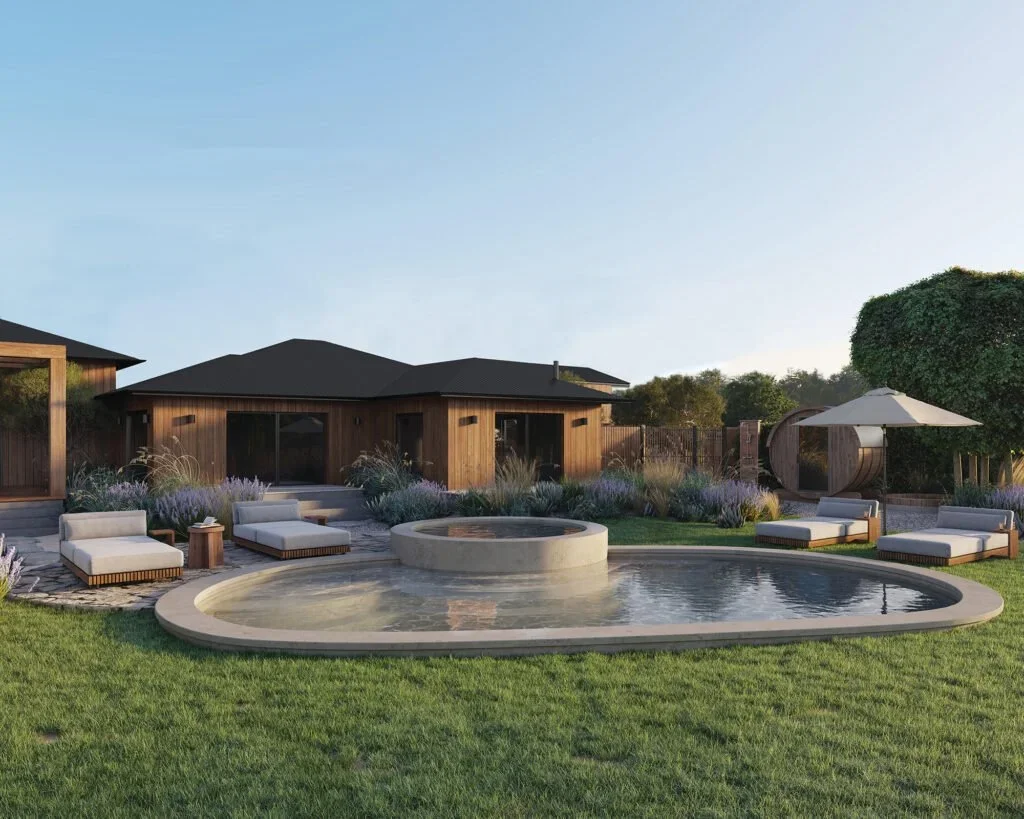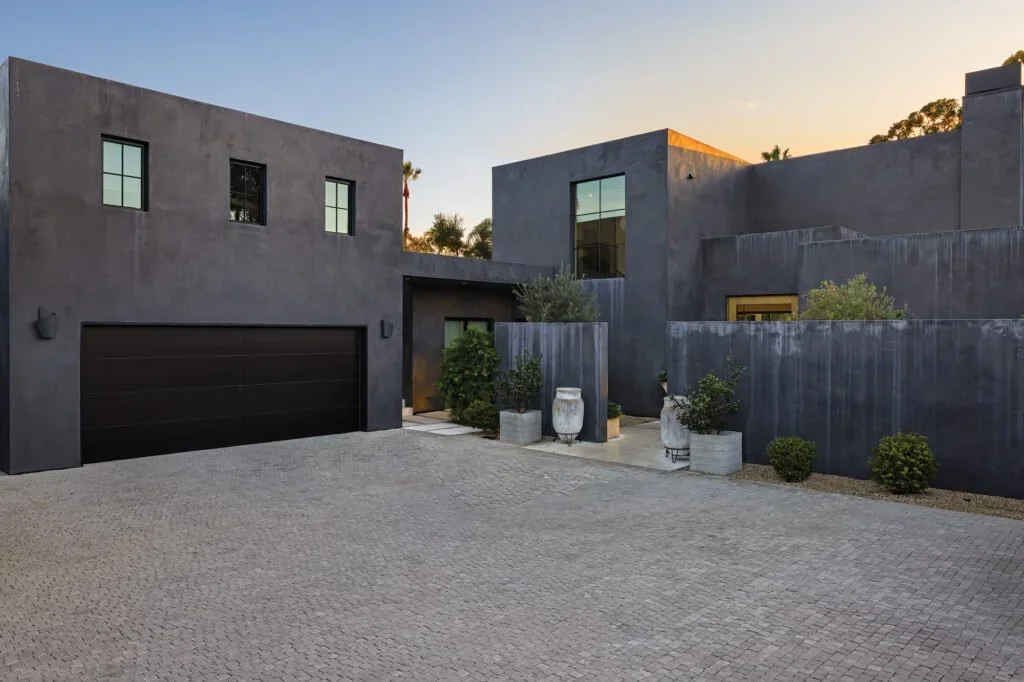The New Non-Negotiables for Fire-Resistant Homes
Douglas Burdge, principal at Burdge Architects, has spent over three decades designing homes in Malibu. His career has been shaped by the natural beauty of this region and the wildfires that inevitably come with it. A home he once lived in was later lost to wildfire, giving him a firsthand understanding of the long-term risks these fires pose. Doug has also supported many clients as they rebuild after loss. These experiences have fueled his passion for designing homes that don’t just survive wildfires but are built with resilience. “You’re living in a fireplace,” says Burdge in a recent interview with Sunset Magazine. “Whether it’s tomorrow or next year or 10 years from now, the fires will return.”
As wildfire becomes part of the culture of living in Southern California, Doug’s vision offers a roadmap for building in harmony with nature while reducing risk. Below, we break down the core principles Doug recently shared with Sunset Magazine’s Editor in Chief Hugh Garvey, “The New Rules of Fire-Resilient Home Design” a guide for architects, homeowners, and anyone committed to building smarter and safer.
1. Exterior Wildfire Protection Systems
Automated rooftop and eave-mounted sprinkler systems (like those from Frontline Wildfire Defense), incorporating fire-retardant foam, remote activation, and battery backups.
2. Fire-Resistant Features
Use of fire-rated caulking, non-combustible decking, and dedicated onsite water sources (ponds, cisterns, or tanks) for active defense.
3. Strategic Landscaping and Defensible Space
Low-risk plant material spaced away from structures to reduce flame spread and ember ignition.
4. Class A Roofing
Fire-rated roofing materials, such as metal, clay tile, or asphalt shingles.
5. Ember Defense
In new construction, eliminate crawl spaces and attic vents when possible to reduce ember intrusion. On existing structures, retrofit with fine-mesh vent screens and seal eaves and soffits. Always use non-combustible siding such as fiber cement, stucco, or stone.
6. Fire-Resistant Windows
Install dual-pane tempered glass with fire-rated frames and consider shutters or fire screens. Avoid vinyl windows, which can melt and combust.
7. Alternative Building Systems
Move beyond traditional wood framing. Consider fire-resistant options like Blue Planet BP2 panels, which also offer energy efficiency.
These measures alongside smart siting and meticulous detailing can mean the difference between losing or protecting a home during a wildfire event.
At Burdge Architects, we believe resilience is more than a reaction, it’s a responsibility. Doug’s journey, from a childhood immersed in conservation to decades of firsthand experience witnessing wildfire’s impact, has shaped our approach to architecture that honors both the natural beauty and the inherent risks of living in fire-prone landscapes.
As wildfires continue to challenge California and other vulnerable regions, Burdge Architects remains dedicated to pushing the boundaries of fire-resilient design. Together with homeowners, communities, and policymakers, we’re working to create safer, stronger structures that stand not just against fire, but the test of time.


